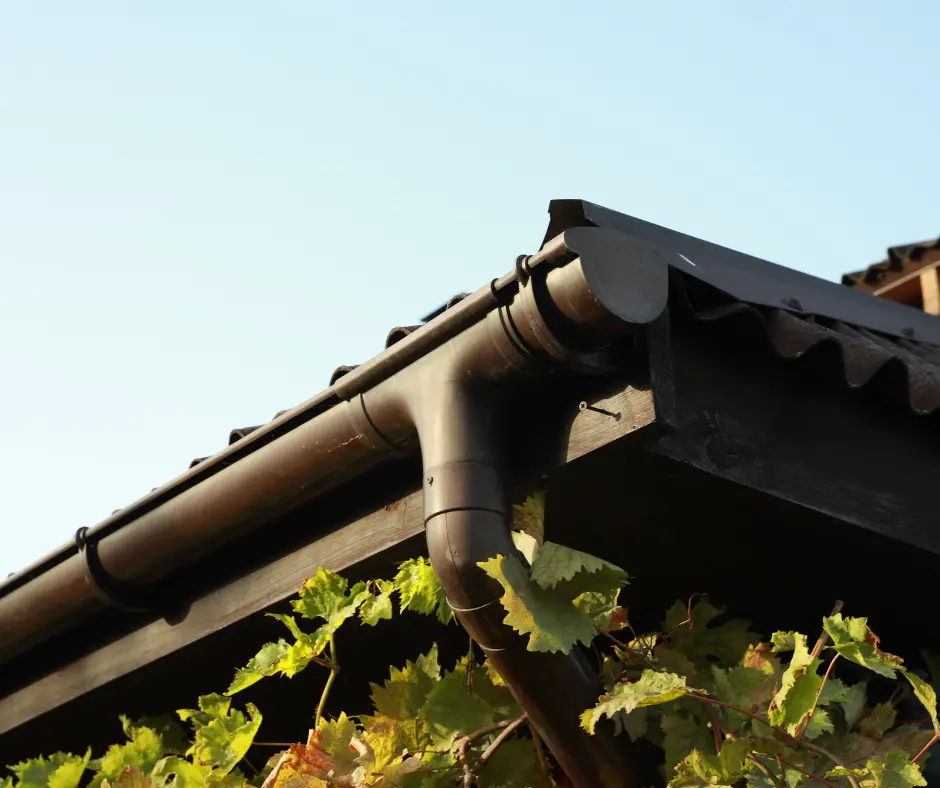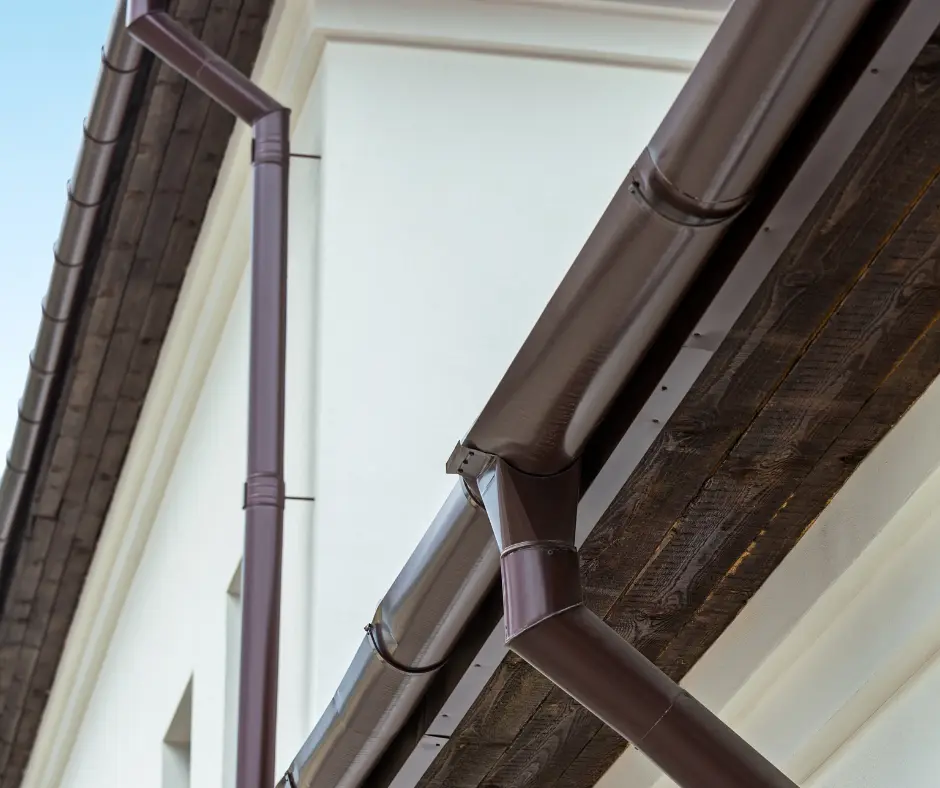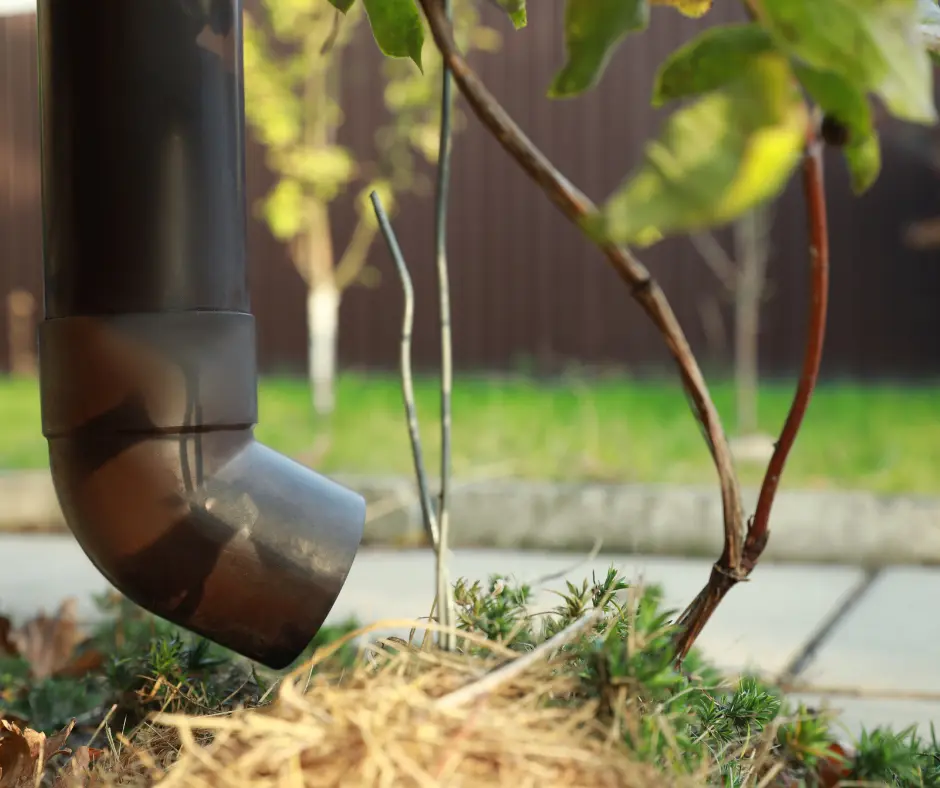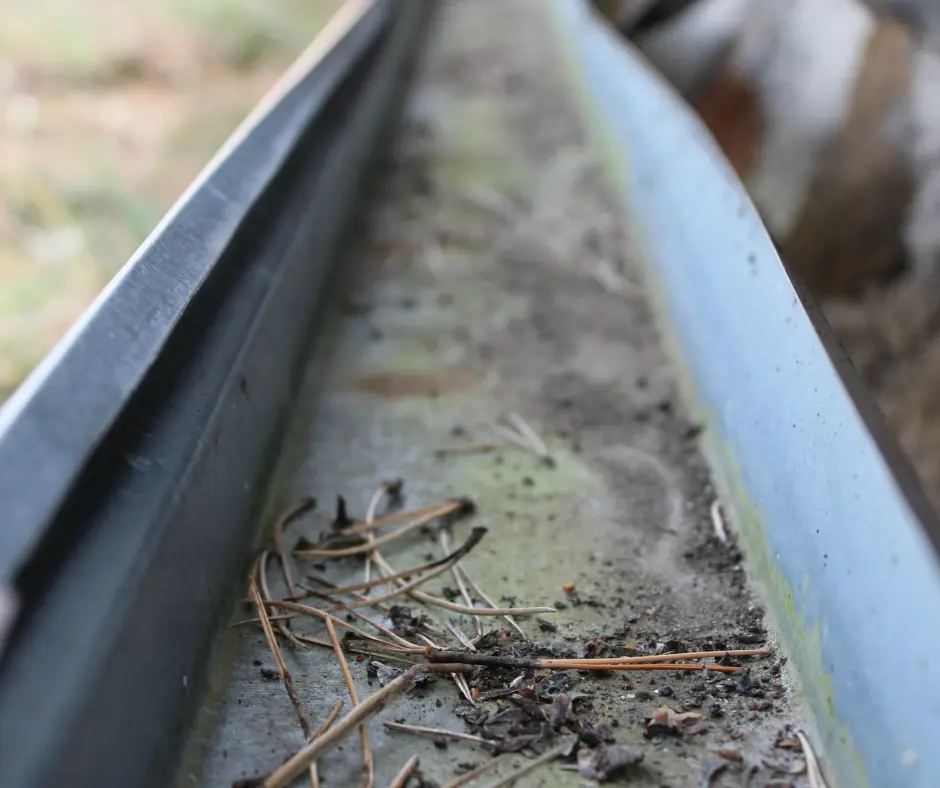What Is Eavestrough: 4 Things You Need To Know

As a Winnipeg resident, you’re no stranger to harsh winters and heavy snowfalls. But did you know your home’s eavestroughs play a crucial role in protecting it from water damage?
Most homeowners know gutters collect rainwater, but only a few realize the extent of their importance.
This article will explore four essential things you need to know about eavestroughs. We’ll cover how they work, why they matter, types of materials, installation, cleaning and maintenance, repair, and when to call a professional.
You’ll learn simple DIY tips to maximize their effectiveness. According to studies, over half of homes have damaged, clogged, or leaking eavestroughs, resulting in thousands of dollars in preventable repairs.
Use this guide to make informed decisions and keep your home safe from the elements.
What Is Eavestrough? A Basic Definition
Eavestrough, also known as gutters, are narrow channels that run along the edge of your roof to collect rainwater and direct it away from the base of your home. Installing eavestrough helps prevent water damage to your roof, attic, basement, and foundation.
Materials and Styles
The two most common eavestrough materials are aluminum and vinyl. Aluminum is durable and resistant to dents but can corrode over time if not properly maintained. Vinyl is rust-proof but more prone to warping or sagging. For most homes, aluminum eavestrough in a neutral color like brown or grey provides an attractive and low-maintenance solution.
Installation
Eavestrough installation is best left to professionals. They can properly assess your roofline, choose components that maximize water flow, and securely attach everything to your home. Attempting a DIY installation often leads to leaks, clogs, and other issues that cost more to repair than professional installation in the first place.
Maintenance
To keep your eavestrough functioning properly, clean them at least once a year, preferably in the fall. Clear away any debris like leaves, sticks, or mulch that could clog the system. Check that the downspouts are clear and that water flows freely through the entire eavestrough and downspout system. Seal any minor cracks or holes and repaint areas where the finish is wearing off.
With regular cleaning and maintenance, quality eavestrough can last 20-30 years or more. Don’t put off having eavestrough installed or neglect necessary repairs. Protecting your home from water damage should always be a top priority.

What Materials Make Up Eavestrough Systems?
Eavestrough systems are made up of several components that work together to collect and divert rainwater away from your home’s foundation. The most common materials for eavestroughs and downspouts include aluminum, copper, vinyl, and galvanized steel. Each material has its pros and cons, so consider your budget and needs.
Aluminum
Aluminum is a popular, affordable, and durable option. Lightweight yet strong, aluminum eavestroughs and downspouts typically last 15 to 30 years. Aluminum is resistant to rust and corrosion and available in a variety of colors to match your home’s trim. However, aluminum dents more easily than other materials.
Copper
Copper is a high-quality, long-lasting choice. Copper eavestrough systems can last up to 50 years. Copper develops a natural patina over time and is resistant to corrosion and weather damage. However, copper is the most expensive material and requires more maintenance to prevent staining.
Vinyl
Vinyl, or PVC, is a low-maintenance, budget-friendly option. Vinyl eavestroughs and downspouts typically last 20 to 30 years. Vinyl resists rust, dents, and corrosion and does not require painting. However, vinyl can become brittle in very cold weather and is less durable than other materials.
Galvanized Steel
Galvanized steel, or zinc-coated steel, provides an affordable, durable option that typically lasts 15 to 20 years.The zinc coating acts as a double shield against rust and corrosion. However, galvanized steel requires periodic painting to prevent rust and dents more easily than aluminum or copper. Galvanized steel also has sharp edges that require safety precautions during installation and maintenance.
In summary, the material you choose depends on weighing factors like cost, longevity, maintenance needs, and appearance. Consult an expert eavestrough contractor to determine the right solution based on your home and budget. With professional installation and periodic inspections, a high-quality eavestrough system can provide effective water management and protection for your home.
Key Components of Eavestroughs Explained
Eavestroughs are essential for directing rainwater away from your home’s foundation. They are comprised of several key components that work together to serve this important function.
Downspouts
Downspouts are vertical pipes that transport rainwater from the eavestrough down to the ground. According to a study by the Canada Mortgage and Housing Corporation, downspouts should extend at least 6 feet away from the building’s foundation to prevent water damage. Downspouts are typically made of aluminum, steel, copper, or plastic.
End caps
End caps seal the open ends of the eavestrough to prevent debris, animals, and water from entering. End caps should be securely installed at an angle to allow water to flow towards downspouts.
Elbows and extensions
Elbows and extensions are used to redirect eavestrough around corners and connect separate sections. Elbows create 90° turns while extensions continue the eavestrough in a straight line. These additional parts allow for a customized eavestrough system for any home.
Hangers
Hangers are brackets that securely attach the eavestrough to your home, holding it in place. Hangers should be installed every 3 to 5 feet to properly support the eavestrough. Hangers can be screwed or nailed directly into the fascia board or installed using straps that wrap around the edge of the roof.
Gutter guards
Optional gutter guards or screens can be installed over the top of the eavestrough to prevent large debris from accumulating inside while still allowing water to filter through. Gutter guards require the use of special hangers for installation and can help reduce clogging that leads to water damage.
In summary, eavestroughs and their components work as an integrated system to control rainwater and moisture around your home. When properly installed and maintained, eavestroughs serve an important function in protecting your home’s foundation and preventing costly repairs from water damage.

What Is the Purpose of Eavestroughs?
Eavestroughs, also known as rain gutters, serve an important purpose for any home. According to studies, properly installed eavestroughs can help protect your roof, siding, and foundation from water damage.
Preventing Water Damage
Eavestroughs work by collecting rainwater that runs off your roof and channeling it away from your home’s exterior. Without eavestroughs, rainwater can pool around the base of your home, seeping into the ground next to the foundation. Over time, this can cause costly damage like cracks in foundations, water in basements, and rot in siding and window frames.
Protecting Your Landscaping
Eavestroughs also help protect your landscaping by controlling the flow of rainwater from your roof. The water collected in the eavestroughs is directed into downspouts which then deposit the water several feet away from the base of the house. This prevents rainwater from eroding the soil around the foundation of the home and washing away or drowning plants and flowers.
Improving Energy Efficiency
Properly installed eavestroughs can even help lower energy costs for your home. By directing rainwater away from the base of the house, eavestroughs prevent water from pooling in spots where it could seep into the ground next to your home’s foundation and basement. This helps keep basements and crawl spaces dry, reducing heat loss and improving the energy efficiency of your home.
In summary, eavestroughs serve the essential purpose of protecting your home from water damage and improving its energy efficiency. With the harsh climate in Winnipeg, eavestroughs are vital for any homeowner looking to safeguard their property and control energy costs. For reliable eavestrough installation and repair, contact the experts at All Weather Exteriors.
Eavestrough FAQs: Your Top Questions Answered on What Eavestrough Is
Eavestrough, also known as rain gutters, are the channels that run along the edges of your roof to collect rainwater and direct it away from your home’s foundation. According to studies, eavestrough prevents water damage to homes which costs Canadians over $2 billion per year. As a homeowner, it’s important to understand what eavestrough is and how it protects your most valuable asset.
What material are eavestroughs made of?
The two most common materials for eavestrough are aluminum and galvanized steel. Aluminum eavestrough is lightweight, durable, and resistant to corrosion. Steel eavestroughs are more prone to rusting but can last up to 20-30 years with proper maintenance like painting or powder coating. For most homeowners, aluminum eavestrough offers the best value and performance.
How does eavestrough work?
Eavestrough collects rainwater from your roof gutters and transports it away from the foundation of your home through downspouts. Without eavestrough, rainwater would pool around the base of your house, seeping into the soil and causing damage.
Eavestroughs move water quickly and efficiently from your roof to the ground, yards away from your home. They are angled slightly to allow water to flow to downspouts which then direct water into drains or splash pads that displace it further from your foundation.
Why is eavestrough important?
Eavestrough play an important role in home protection and maintenance. According to studies, eavestrough can prevent or reduce:
•Foundation damage: Excess water around foundations can cause cracking, shifting, and leaks. Eavestrough divert water away to avoid structural issues.
•Basement flooding: Water seeping into the soil around homes can eventually enter basements and crawlspaces, causing damage. Eavestroughs minimize excess water to reduce the risk of flooding.
•Wood rot: Excess moisture causes wood trim, siding, decks, and fences to rot prematurely. Eavestroughs help keep these areas dry and prevent costly repairs or replacements.
•Landscape damage: Too much water can drown plants and destroy landscaping. Eavestroughs distribute water in a controlled manner to avoid plant damage and soil erosion.
•Ice dams: In cold weather, melted snow refreezes at the edge of the roof, blocking water flow and causing leaks. Eavestroughs prevent excess water buildup so ice dams are less likely to form.
Eavestroughs are a simple but vital system for protecting your home. By understanding what they are, how they work, and why they’re important, you can make informed decisions about maintaining or replacing your eavestrough to maximize their lifespan.

Don’t Downplay the Role of Eavestroughs
You now have a solid understanding of the key things to know about eavestroughs. From learning what they are and how they work to proper maintenance tips, you’re equipped with the knowledge to make informed decisions.
With rainwater drainage optimization in mind, consider enlisting a professional installer to maximize functionality. And don’t forget – regular maintenance like cleaning debris is crucial for avoiding problems like ice dams or water damage.
Your home deserves properly functioning eavestroughs, so refer back to these tips whenever needed. Taking the time to learn sets you up for eavestrough success.
There is a way to protect your home…
Now that you’ve learned about the importance of eavestroughs, finding a reliable Winnipeg roofing company to handle your gutter needs is key. All Weather Exteriors, a top-rated contractor in the city, offers expert eavestrough installation, repair, and cleaning services.
We go beyond gutters too, providing comprehensive roofing solutions for residential and commercial properties. From repairs and replacements to restorations and extensions, our team of skilled professionals ensures your home is protected from the elements, year-round.
Contact All Weather Exteriors today for a free quote and experience their commitment to quality workmanship, affordable prices, and exceptional customer service. Trust us to keep your Winnipeg home weatherproofed, no matter the season.
Editor’s Note: This post was originally published on January 23, 2023. The last update was made on May 08, 2024, to reflect new information and insights.

Leave a Reply
You must be logged in to post a comment.